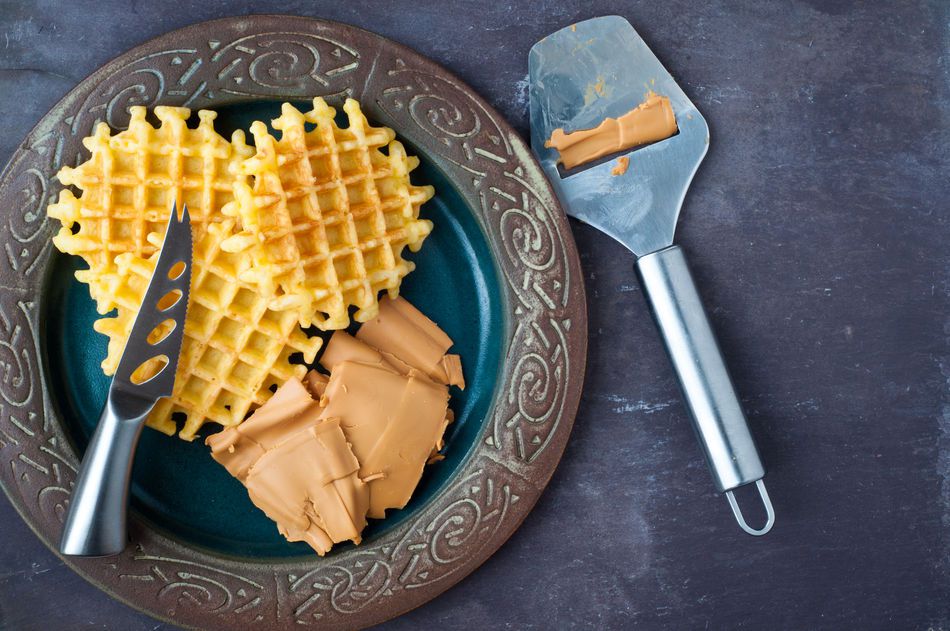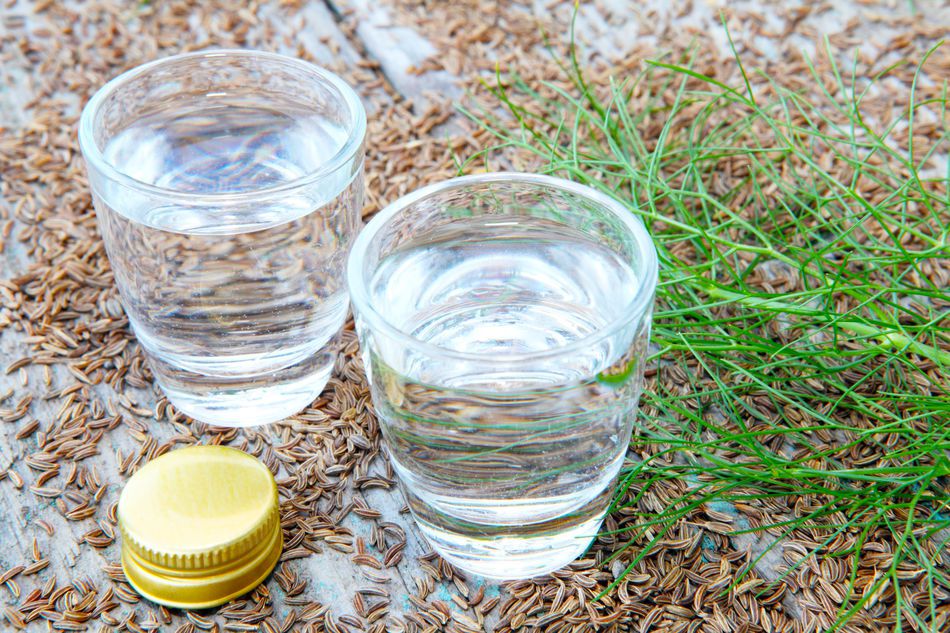Article content
13 May 2016 by Angela Perro
Over recent years there’s been a sea change in attitude towards Norwegian food - and not just from an outsider’s perspective. Norway’s natives are experiencing what some have described as the ‘quiet culinary revolution’. Where once everything was imported, now it’s Norwegian food, and indeed Norwegian beer, that’s hitting the headlines, dragging this one-time culinary backwater into the 21st century as traditional flavours are skilfully combined with cutting-edge cooking methods.
From its cities to its fjord-riven countryside and coast, a Norway holiday allows visitors to share in this newfound culinary passion. The pubs, cafés and restaurants of Oslo, Bergen and Stavanger – Michelin-starred or otherwise – are showcases for gastronomic fashions old and new. There are rich gamey meats like reindeer, moose, deer and grouse or the ubiquitous brown whey cheese – brunost – sweet, caramelised and served with a warm waffle or crisp bread.

But, it’s away from the cities where many of Norway’s best foodie experiences can be found, with its coastline harvest providing some of the country’s most popular dishes. Fishing in Norway is nothing new – salmon, Arctic cod and herring have been gracing Norwegian dinner tables for centuries – and now the more traditional methods of smoking, curing, pickling and salting are leading even the nation’s most forward-thinking chefs to re-examine their past. Be sure to try flavoursome Torrfisk stockfish, a particular favourite in the northern islands of Lofoten and Vesterålen. Prepared using cold-air drying – one of the oldest preservation methods in the world – it’s then cured through a process of fermentation not unlike the one used to mature cheese.
If meat’s more your thing it’s well worth seeking out a warming bowl of Fårikål, especially if your visit coincides with the cold winter months. This robust stew consists of mutton, cabbage and a simple seasoning of salt and pepper, all piled into a single pot and cooked for several hours until the meat is juicy and tender. Add a side order of potatoes and you’ve got a dish so popular that it has its own national day; Fårikål Feast Day is celebrated on the last Thursday of September each year. Alternatively, the traditional Sámi stew of Bidos is equally comforting. Made with reindeer meat it’s something of a Sámi party favourite; a one-pot feast often cooked for large social gatherings and best enjoyed with a healthy-sized chunk of láibi – a delicious, slightly sweetened rye bread. Other carnivore favourites include Kjotboller – a rustic cousin of the Swedish meatball served with lingonberries and a rich gravy – and a cured and steamed lamb dish known as Pinnekjott; popular at Christmas it’s served with sausages, mash and a large dollop of puréed swede.

For the sweet of tooth, Norwegian desserts are equally tempting. One such treat is the Krumkake, a cone-shaped cake with a paper-thin waffle-like consistency, cooked in an iron griddle and filled with anything from whipped cream to cranberries and chocolate. Elsewhere, baked meringues called pikekyss are a wonderful accompaniment to fresh lingonberries and bilberries while during the festive season, a slice of heavily spiced julekake or a bowl of multekrem – whipped cream and cloudberries – is hard to beat.
And what to wash this all down with? You could tap into Norway’s Viking routes with a pint or three of hoppy craft beer, or perhaps indulge in a glass of Akevitt. This popular potato liquor, flavoured with caraway or dill, is the traditional accompaniment to any Norwegian feast.
Don't miss our other articles on Norway's culture:






